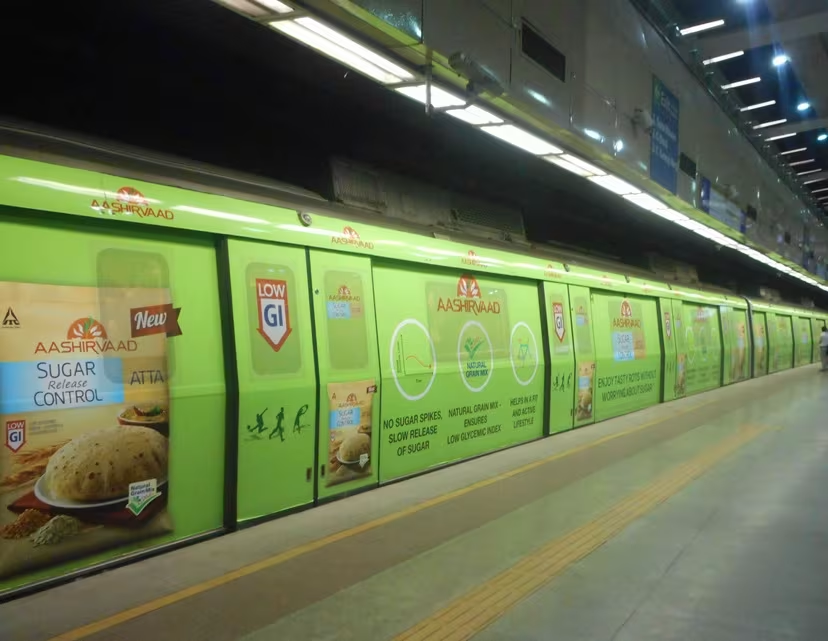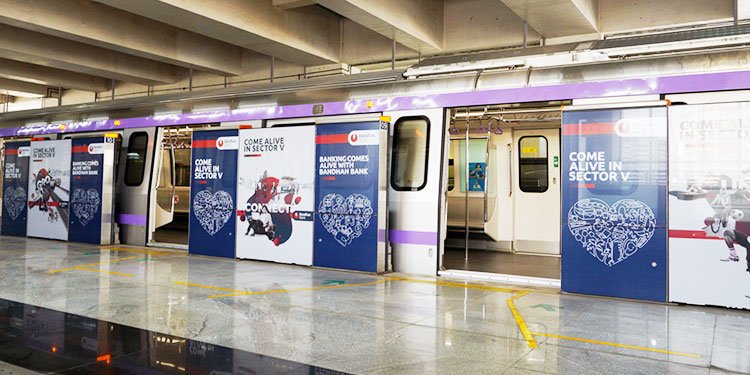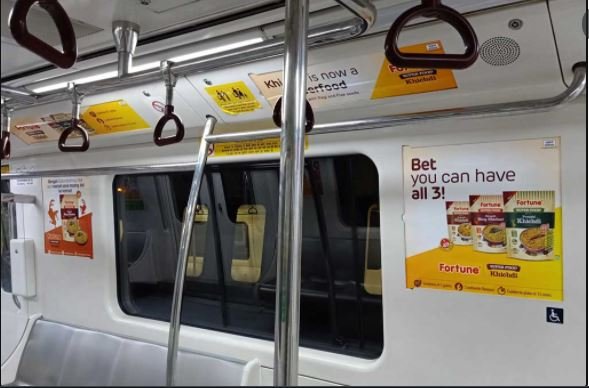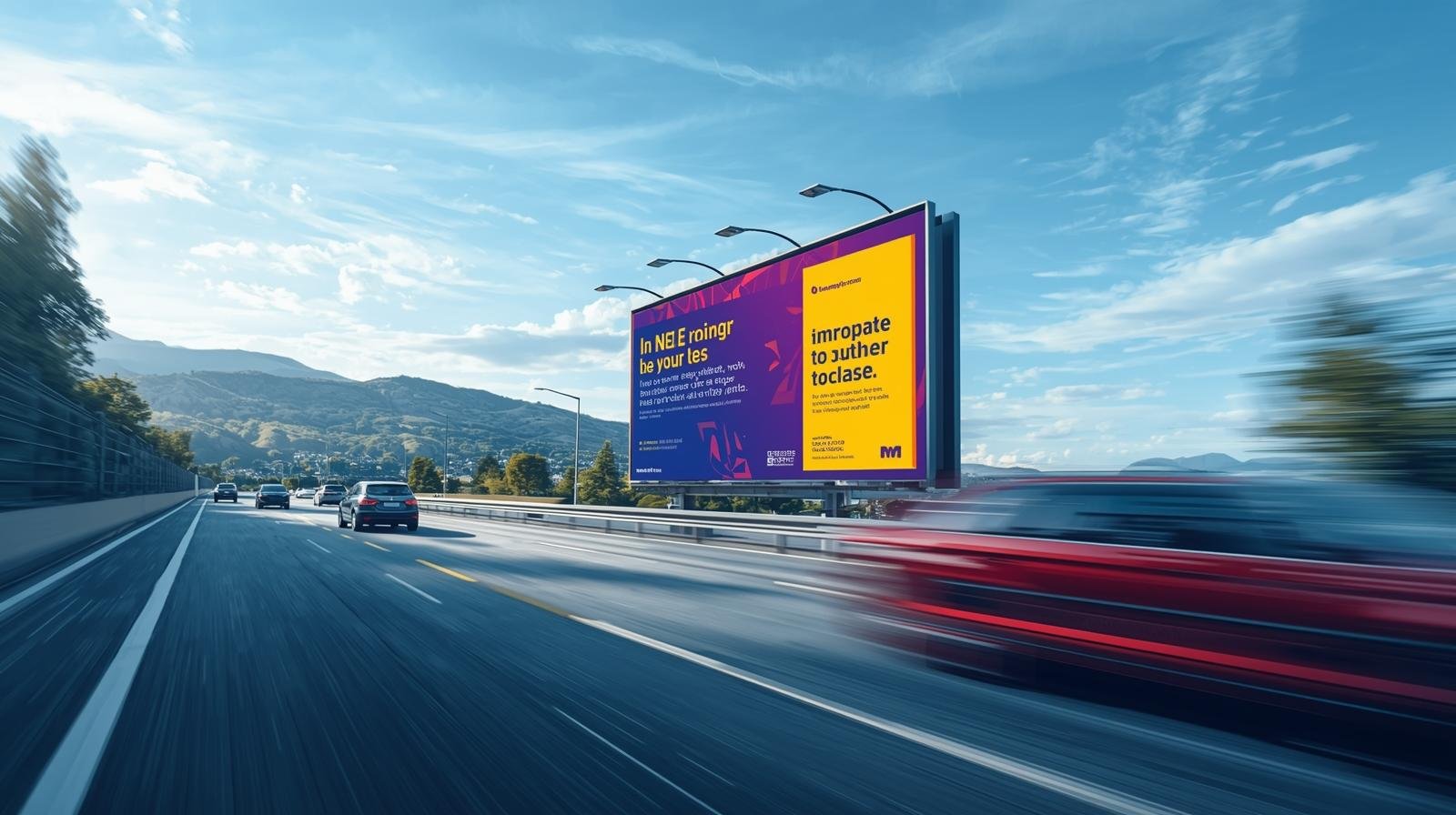
As the pace of urban life accelerates, so does the competition for consumer attention. With millions of people commuting daily through metro systems across major cities, brands have discovered a high-visibility and high-impact medium: metro branding. From multinational corporations to emerging startups, businesses across sectors are embracing this dynamic form of outdoor media.
But what exactly makes metro branding so effective? And how are brands using it to meet their marketing objectives?
This article explores the growing popularity of metro branding and how it serves as a powerful tool for strategic brand communication.
Understanding Metro Branding
Metro branding refers to the use of advertising spaces across a city’s metro transit system to promote products, services, or brand messaging. This includes branding inside train coaches, on station walls, digital screens, ticketing areas, escalators, and even complete train wraps.
It ensures repeated exposure to a captive audience in a distraction-free environment, making it one of the most effective out-of-home (OOH) marketing channels in urban India.
Types of Metro Branding Spaces
- Train Wraps – Full-body vinyl wraps covering the exterior of train coaches, creating a moving billboard.
- In-Train Panels – Posters, digital screens, or seat-back displays inside train compartments.
- Station Takeovers – Complete branding of an entire station, including walls, floors, pillars, and ceilings.
- Platform Screen Ads – Static or digital displays near passenger waiting zones.
- Entry & Exit Gate Branding – High-traffic areas where branding is unavoidable for all commuters.
Why Brands Choose Metro Branding

1. Unparalleled Urban Reach– Metro systems serve millions of daily commuters. For example, the Delhi Metro alone witnesses over 4 million riders per day. This sheer volume guarantees consistent impressions across diverse age groups, occupations, and socioeconomic backgrounds.
2. Demographic Targeting with Precision-Different metro stations attract different audience segments. Brands can strategically place their messaging in stations close to:
- Corporate Hubs – Ideal for fintech, B2B services, or insurance brands
- Colleges & Universities – Great for edtech, youth-oriented products, or recruitment platforms
- Retail Zones & Malls – Suitable for fashion, electronics, or lifestyle brands
- Residential Areas – Perfect for FMCG, healthcare, or family-focused services
This location-based flexibility allows for hyper-targeted, localized campaigns.
3. High Visibility with Extended Dwell Time– Unlike digital or mobile ads that can be skipped, metro branding benefits from a captive audience. Commuters often spend several minutes waiting on platforms or inside trains, giving brands ample time to engage them visually.
4. Cost-Effective for Long-Term Impact- While metro branding is considered premium, the cost per impression is low due to the sheer volume of daily footfall. For medium- to long-term campaigns, it delivers excellent value and brand recall compared to TV or digital ads.
5. Boosts Brand Trust and Authority– Advertising within structured, clean, and government-operated metro spaces signals legitimacy. It elevates a brand’s image and instills trust, especially for new or growing businesses.
What Purposes Does Metro Branding Serve?

✅ Brand Awareness and Recall– Metro branding acts as a mobile billboard. Whether it’s a station wall or a full train wrap, repeated exposure builds familiarity and top-of-mind awareness.
✅ Product Launches and Major Announcements– Launching a new app, gadget, or service? Metro branding offers immediate, mass visibility. It’s even more effective when synchronized with digital and influencer campaigns.
✅ Seasonal and Festive Promotions
Metro spaces are ideal for highlighting:
- End-of-season clearance sales
- Diwali or New Year discounts
- Flash sales or new store openings
The visibility during festivals or holiday traffic increases engagement and conversions.
✅ Location-Specific Messaging– Metro branding allows advertisers to reach audiences in specific geographic clusters. A coaching institute can target areas near schools, while a maternity clinic can focus on residential-heavy locations.
✅ Amplifying Digital Campaigns– Using QR codes, custom URLs, or hashtags, brands can seamlessly connect offline metro campaigns to online engagement. This integrated approach drives app installs, sign-ups, and website visits.
Metro Branding in Action: Brand Examples

🌟 Big Brands Going Bold
- Amazon Prime Video branded entire stations to promote new show releases.
- Zomato wrapped metro coaches in their signature red, combined with quirky copywriting and app CTAs.
- Coca-Cola used summer-themed branding on platforms to promote its hydration line.
🚀 Startups Using Metro Branding for Traction
- Urban Company leveraged metro branding to scale awareness in its early growth phase.
- Meesho created low-cost, high-engagement campaigns with metro creatives targeting tier-1 cities, using QR codes for user acquisition.
Key Considerations for Brands
⚠️ Creative and Regulatory Constraints
Each metro authority has guidelines regarding:
- Acceptable content (no political, religious, or controversial ads)
- Ad placement and design specs
- Campaign duration and renewal cycles
Adherence to these ensures smoother execution and approval.
📊 Budgeting and ROI Measurement
While flexible, prime locations like interchange stations or high-income zones demand premium rates. Tracking ROI may involve:
- QR code scans
- Promo code redemptions
- In-store traffic increases
- Digital campaign uplift
Is Metro Branding Right for Your Business?
If your target audience includes urban professionals, students, families, or working commuters, metro branding is not just relevant—it’s essential. It offers broad reach, brand credibility, and localized flexibility, all within a format that’s hard to ignore.
Whether your goal is to launch a new product, boost brand awareness, or reinforce a digital campaign, metro branding provides the visibility and engagement that today’s competitive market demands.
Expand your network with us, let’s connect on LinkedIn

CP roading
- Location Details: Dehi
- Price: ₹14000

Khurram nagar
- Location Details: Khurram nagar
- Price: ₹1,15,000

